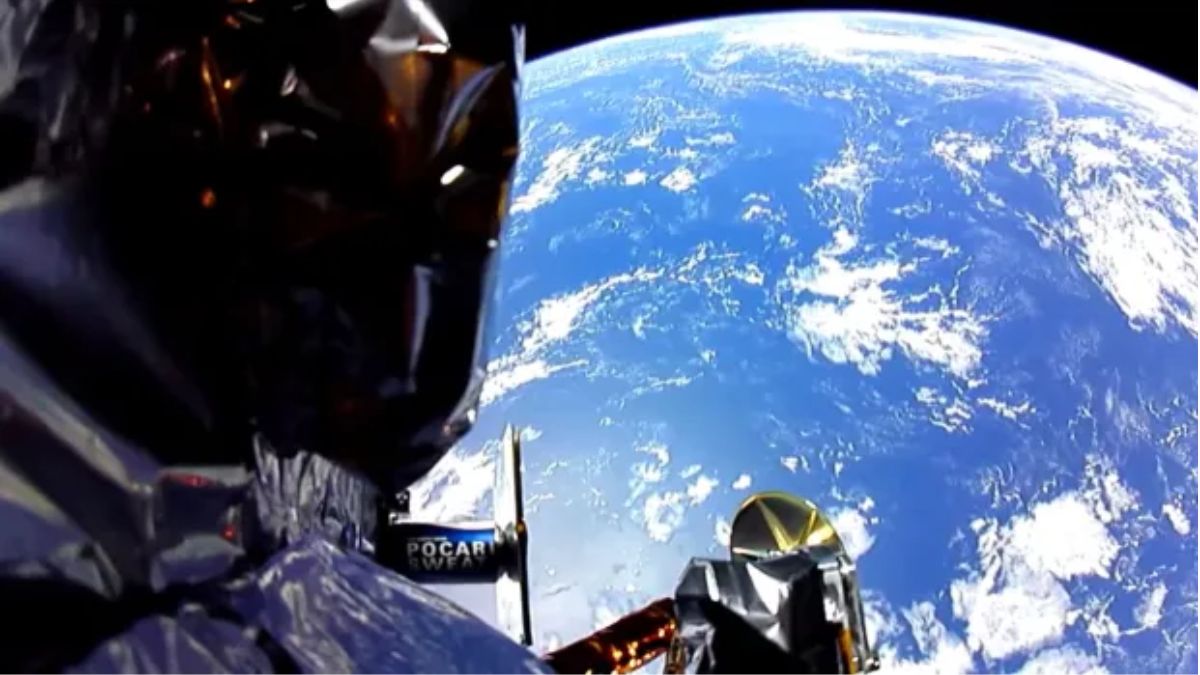
Astrobotic's Peregrine lunar lander encountered bo...
news-extra-space

 According to Marcus Sandy, a manager of the White Sands Test Facility in New Mexico, "NASA White Sands is a remote test facility that the agency uses for some of the more dangerous testings needed to support the NASA missions."
More details
White Sands contains the Remote Hypervelocity Test Laboratory, which has a 225-foot (69-meter) long gun. According to the NASA press release, the gun can fire tiny pellets through a vacuum at a speed of up to 22 feet (6.7 meters) per second. Furthermore, compressed hydrogen gas fuels the gun.
However, a quick search suggests the projectile traveled closer to 22,000 feet per second, which makes far more sense and may take you five minutes to get from New York to San Francisco.
Moreover, NASA claims that engineers put up an experiment that will last one second to simulate what might occur if a NASA spacecraft crashed with a micrometeoroid while traveling to or from Mars.
According to Marcus Sandy, a manager of the White Sands Test Facility in New Mexico, "NASA White Sands is a remote test facility that the agency uses for some of the more dangerous testings needed to support the NASA missions."
More details
White Sands contains the Remote Hypervelocity Test Laboratory, which has a 225-foot (69-meter) long gun. According to the NASA press release, the gun can fire tiny pellets through a vacuum at a speed of up to 22 feet (6.7 meters) per second. Furthermore, compressed hydrogen gas fuels the gun.
However, a quick search suggests the projectile traveled closer to 22,000 feet per second, which makes far more sense and may take you five minutes to get from New York to San Francisco.
Moreover, NASA claims that engineers put up an experiment that will last one second to simulate what might occur if a NASA spacecraft crashed with a micrometeoroid while traveling to or from Mars.
 Russ Stein, a NASA product design lead specialist for the Mars Sample Return mission, explained, "The goal here is to see how well those materials withstand those impacts to make sure that we don’t lose containment of our sample."
Lastly, the micrometeoroids that pepper space are moving about six times as quickly as the pellets that come out of the gun— that is about 50 miles (80 kilometers) per second.
Therefore, our ability to study—and perhaps even go to—the Red Planet depends on determining which designs and materials are ideal for safeguarding priceless Earth-bound Mars samples.
Russ Stein, a NASA product design lead specialist for the Mars Sample Return mission, explained, "The goal here is to see how well those materials withstand those impacts to make sure that we don’t lose containment of our sample."
Lastly, the micrometeoroids that pepper space are moving about six times as quickly as the pellets that come out of the gun— that is about 50 miles (80 kilometers) per second.
Therefore, our ability to study—and perhaps even go to—the Red Planet depends on determining which designs and materials are ideal for safeguarding priceless Earth-bound Mars samples.
Leave a Reply






